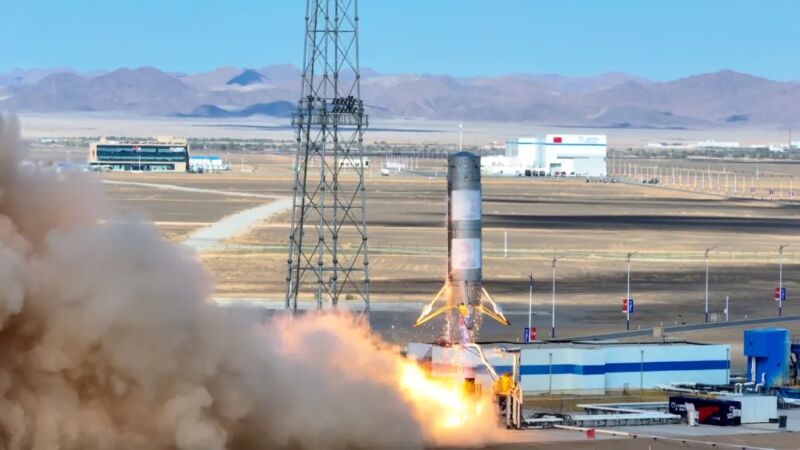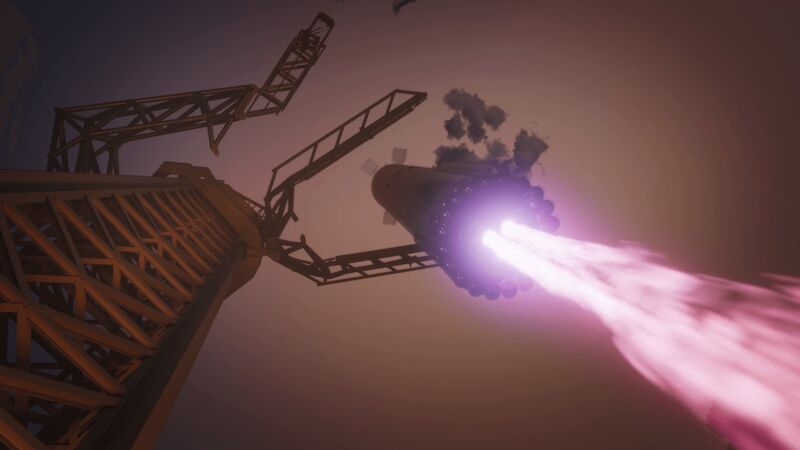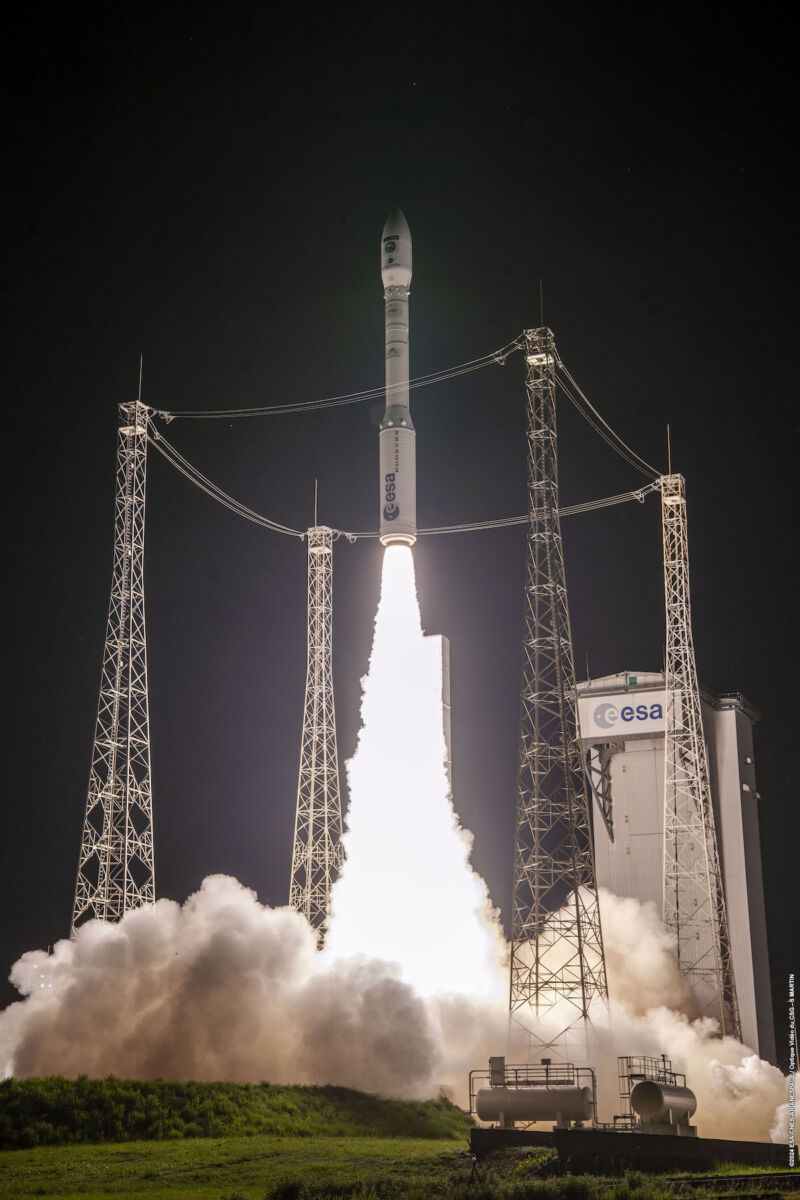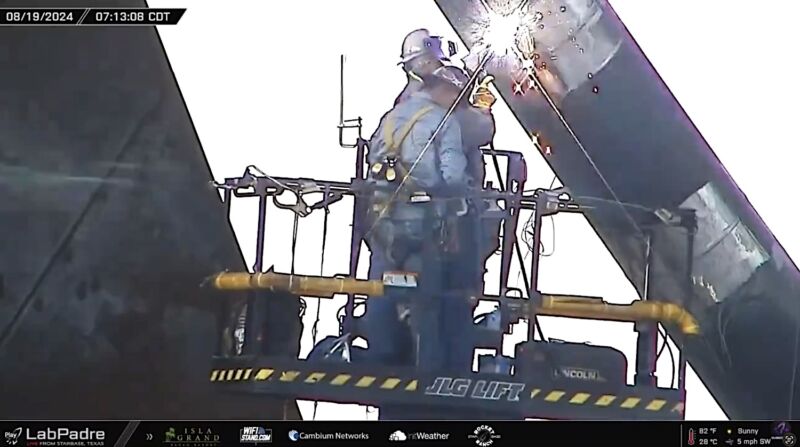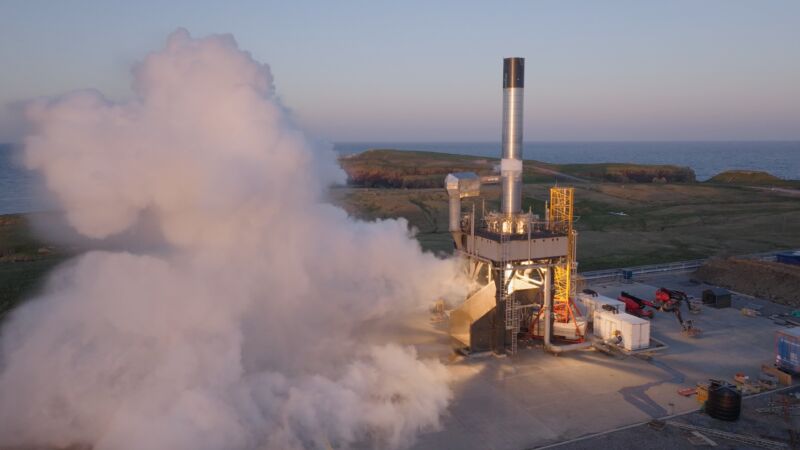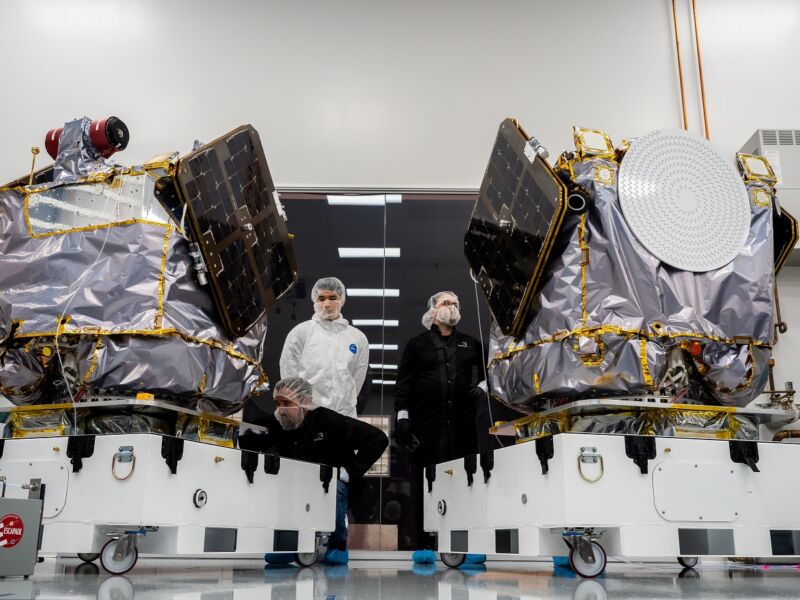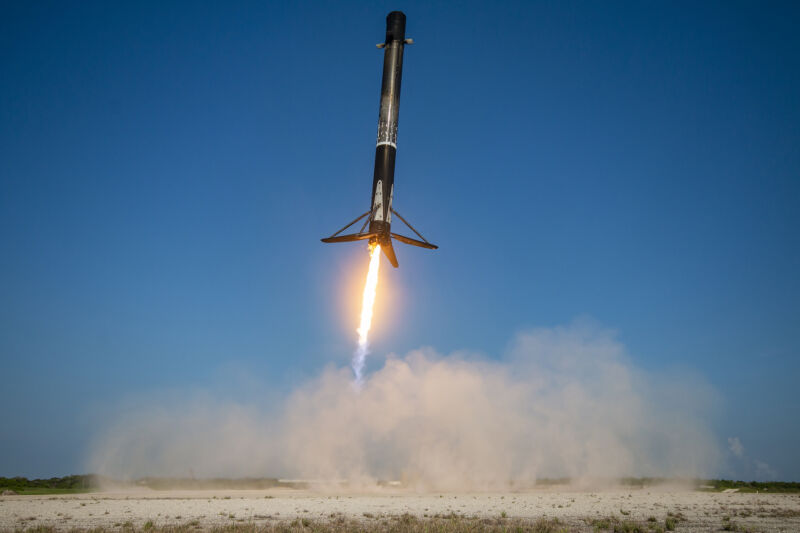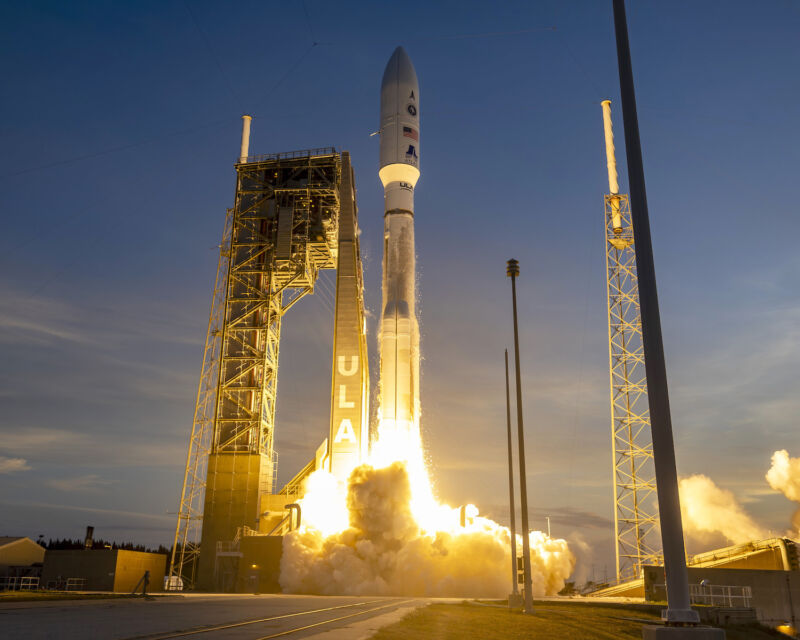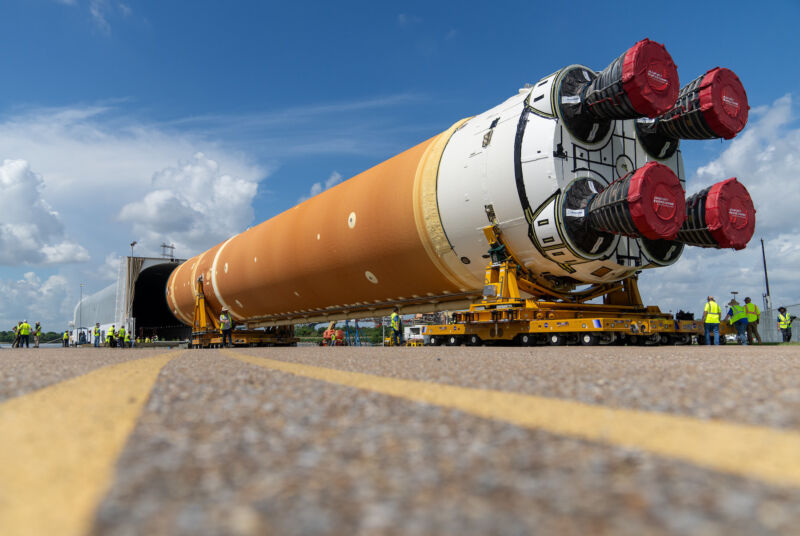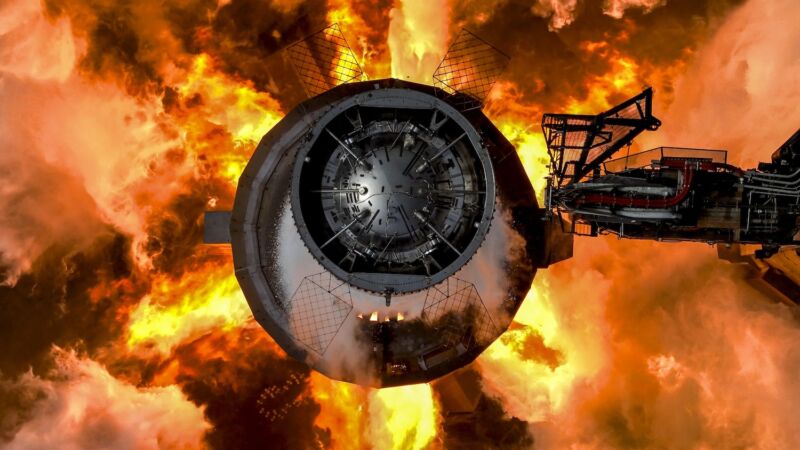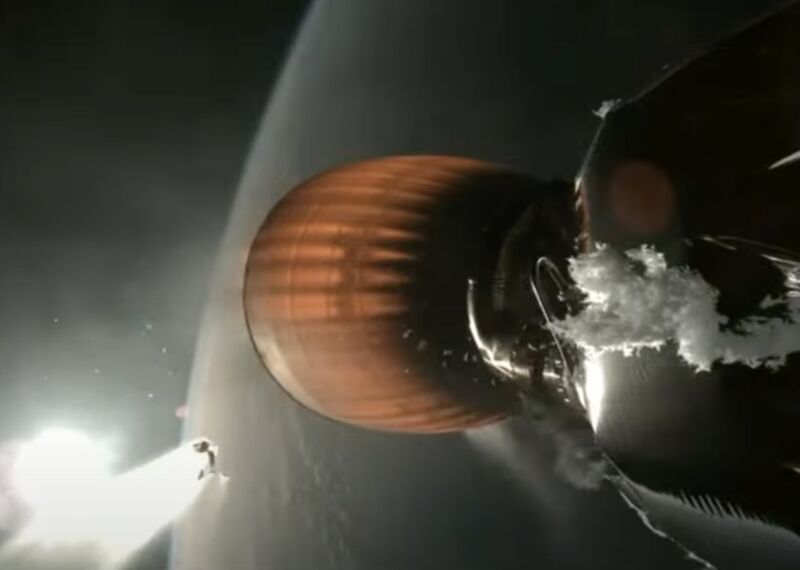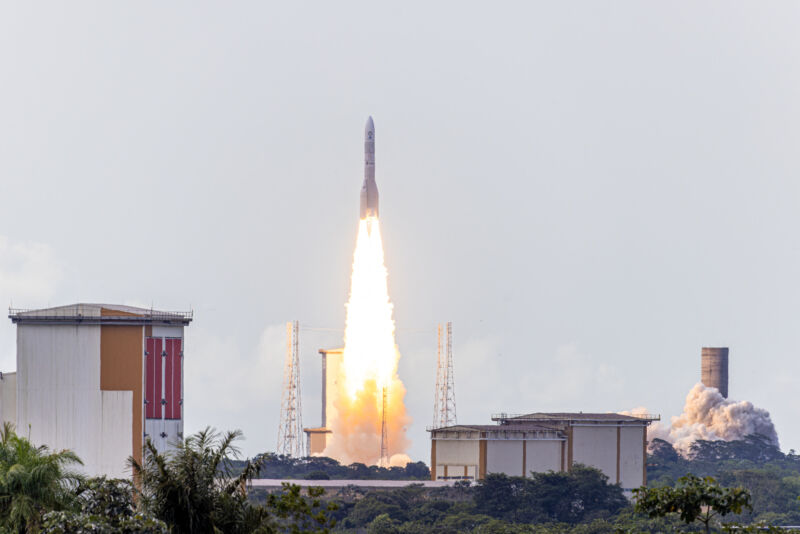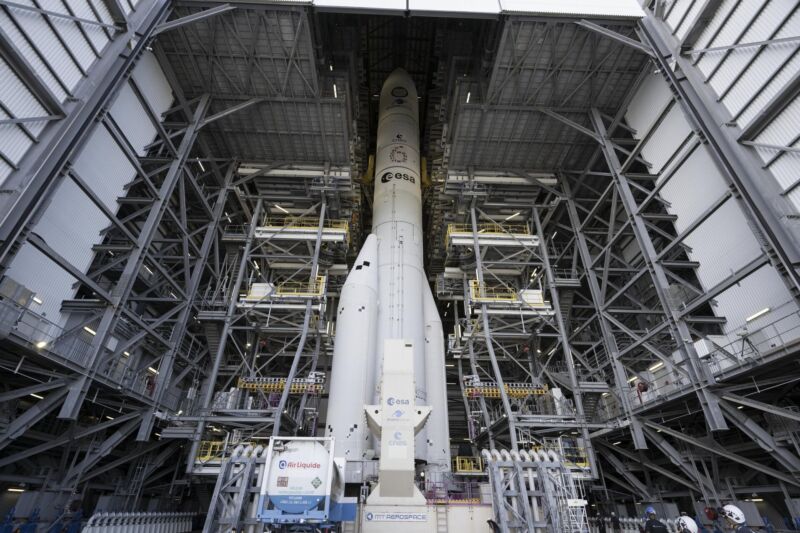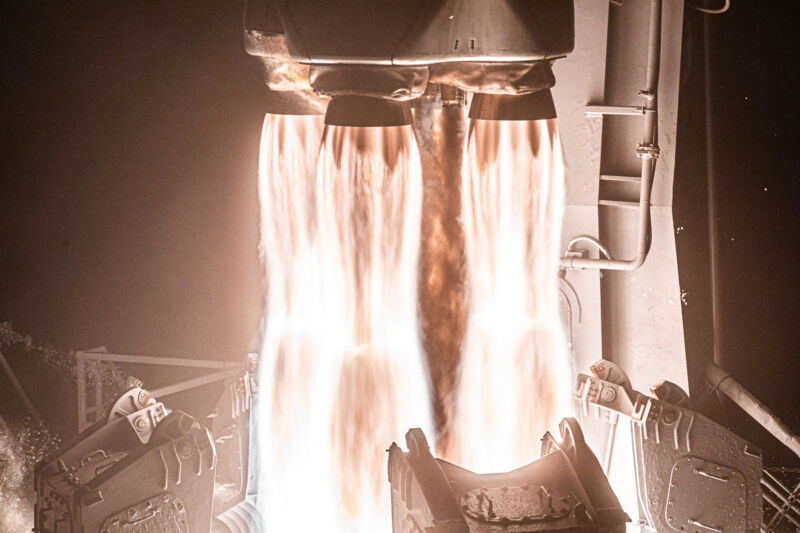India approves development of reusable launcher, space station module

Enlarge / Parvesh Sahib Singh Verma and Virendra Sachdeva, two members of Narendra Modi's ruling BJP party, celebrate the landing of India's Chandrayaan 3 spacecraft on the Moon on August 23, 2023. (credit: Raj K Raj/Hindustan Times via Getty Images)
All at once, India's government has approved plans to develop a new reusable rocket, the centerpiece of an Indian space station, a robotic sample return mission to the Moon, and a science probe to explore Venus.
"Great news for the space sector!" Indian Prime Minister Narendra Modi posted on X. Collectively, the projects authorized by India's union cabinet will cost an estimated $2.7 billion. Most of the funding will go toward the country's space station and a reusable launch vehicle.
If the projects reach their goals, the approvals announced by Modi on Wednesday will put India on a trajectory to become the third-largest space power in the 2030s, after the United States and China. V. Narayanan, director of India's Liquid Propulsion Systems Center, stated this was the objective in a recent presentation, writing that India's space initiatives will catapult the country to a place "among the three important space powers in the world."
